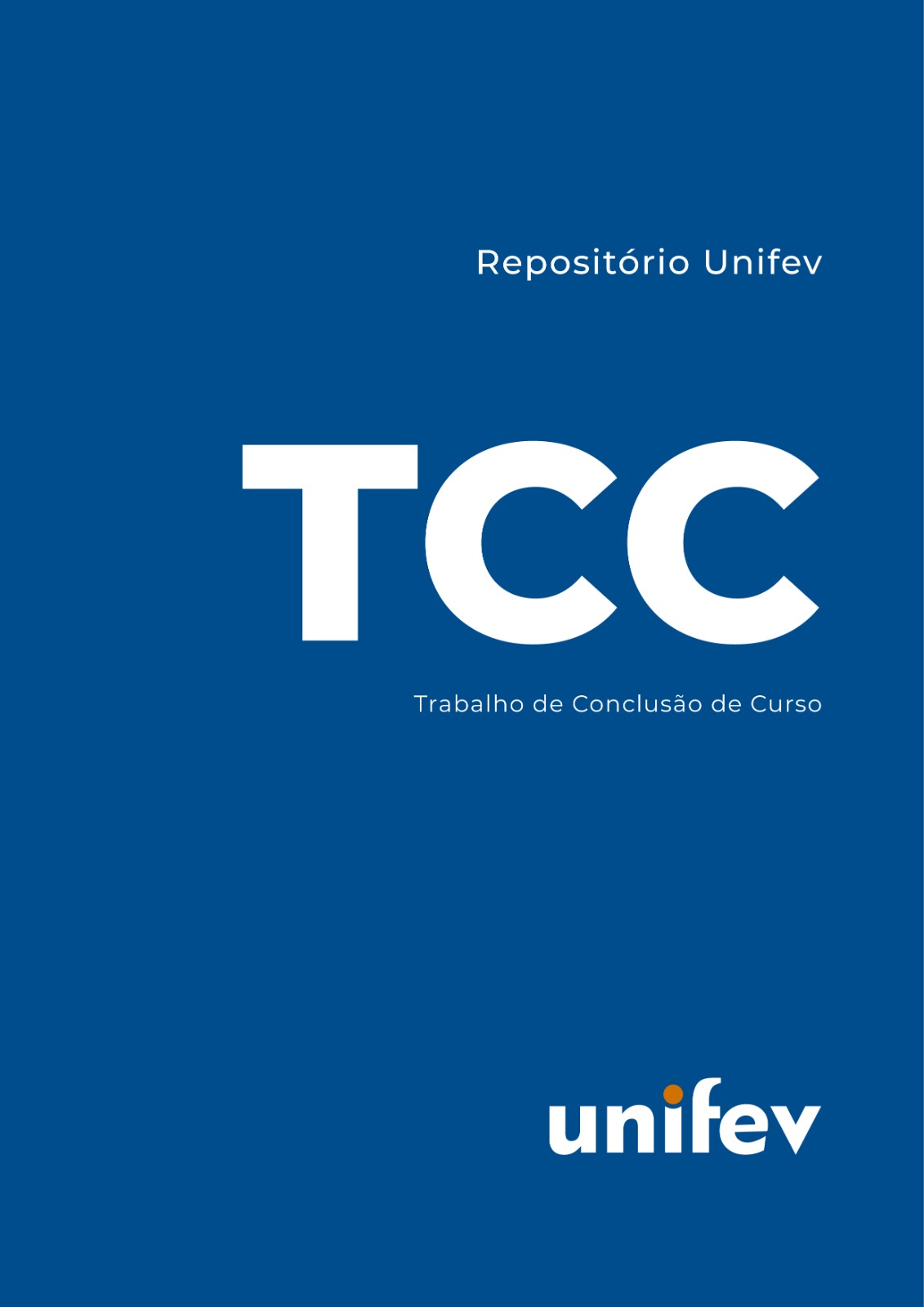COMPORTAMENTO DA POTÊNCIA MUSCULAR DE MEMBROS INFERIORES DE FUTEBOLISTAS PROFISSIONAIS DIVIDIDOS POR POSIÇÕES DE JOGO DURANTE UM PERÍODO DE COMPETIÇÃO
| dc.contributor.author | SMITH GUILHERME LIMA DE OLIVEIRA | |
| dc.date.accessioned | 2024-12-09T23:46:49Z | |
| dc.date.available | 2024-12-09T23:46:49Z | |
| dc.date.issued | 2024-11-13 | |
| dc.description | O objetivo do estudo foi analisar e comparar a potência muscular dos membros inferiores de futebolistas profissionais de diferentes posições de jogo durante um período competitivo. Fizeram parte da amostra 31 futebolistas, com idades de 19 a 34 anos. Os atletas foram divididos em 4 grupos conforme a posição de jogo. O grupo 1 foi composto pelos goleiros, o grupo 2 foi chamado de defensores (laterais e zagueiros), o grupo 3 de meio campistas (volantes e meias) e grupo 4 de atacantes. A avaliação da potência muscular dos membros inferiores foi realizada utilizando o software My Jump 2, por meio do salto Counter Movement Jump (CMJ). As avaliações ocorreram durante uma competição do campeonato paulista da série A1 (Primeira Divisão) e do campeonato brasileiro série D, e o teste CMJ realizado anterior as sessões de treinamento. Os resultados dos testes foram analisados por meio de estatística descritiva. No CMJ o grupo dos defensores obtiveram valores médios de 48,3±5,80 cm ao longo das 16 semanas, os goleiros foram de 52,7±7,91 cm, já o grupo de meio campistas obtiveram valores médios de 41,7±6,72 cm, e o grupo dos atacantes obtiveram valores médios de 44,4±4,79 cm respectivamente. Os principais resultados apontam que os defensores e os goleiros obtiveram os melhores resultados no teste CMJ, sugerindo que estes apresentam maior potência muscular dos membros inferiores. Esse teste fornece uma medida prática e confiável da força explosiva de membros inferiores, sendo um recurso valioso no monitoramento do desempenho e na prescrição de treinamento. | |
| dc.description.abstract | The aim of this study was to analyze and compare the muscular power of the lower limbs among professional soccer players in different positions during a competitive period. The sample consisted of 31 soccer players, aged 19 to 34 years. The athletes were divided into 4 groups according to their playing position. Group 1 consisted of goalkeepers, group 2 was called defenders (full-backs and full-backs), group 3 was called midfielders (defensive midfielders and midfielders) and group 4 was called forwards. The muscular power of the lower limbs was assessed using the My Jump 2 software, through the Counter Movement Jump (CMJ). The assessments were carried out during a competition of the São Paulo championship of series A1 (First Division) and the Brazilian championship series D, and the CMJ test was performed before the training sessions. The test results were analyzed through descriptive statistics. In the CMJ, the defenders group obtained average values of 48.3±5.80 cm over the 16 weeks, the goalkeepers were 52.7±7.91 cm, the midfielders group obtained average values of 41.7±6.72 cm, and the attackers group obtained average values of 44.4±4.79 cm respectively. The main results indicate that defenders and goalkeepers obtained the best results in the CMJ test, suggesting that they have greater muscular power in the lower limbs. This test provides a practical and reliable measure of the explosive strength of the lower limbs, being a valuable resource in monitoring performance and prescribing training. | |
| dc.identifier.uri | https://repositorio.unifev.edu.br/handle/123456789/186 | |
| dc.language.iso | pt | |
| dc.subject | potência muscular | |
| dc.subject | futebolistas profissionais | |
| dc.subject | posições de jogo | |
| dc.subject | Counter Movement Jump. | |
| dc.title | COMPORTAMENTO DA POTÊNCIA MUSCULAR DE MEMBROS INFERIORES DE FUTEBOLISTAS PROFISSIONAIS DIVIDIDOS POR POSIÇÕES DE JOGO DURANTE UM PERÍODO DE COMPETIÇÃO | |
| dc.type | TCC |
